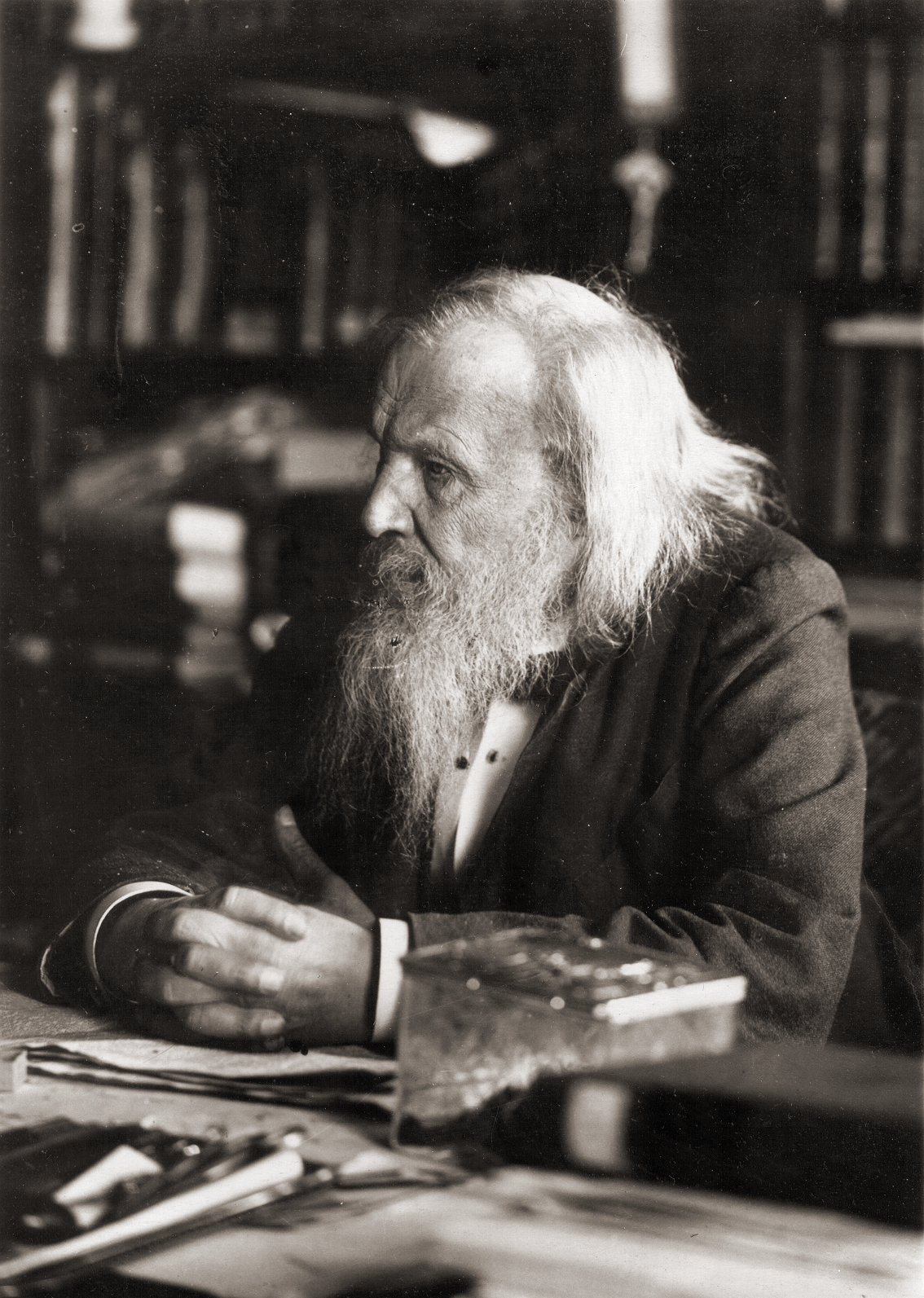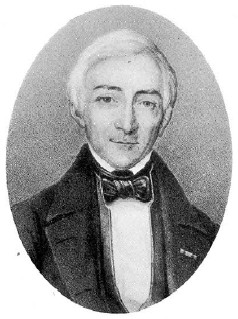| << Chapter < Page | Chapter >> Page > |

The element gallium was predicted, as eka-aluminum, by Mendeleev ( [link] ) in 1870, and subsequently discovered by Lecoq de Boisbaudran ( [link] ) in 1875; in fact de Boisbaudran had been searching for the missing element for some years, based on his own independent theory. The first experimental indication of gallium came with the observation of two new violet lines in the spark spectrum of a sample deposited on zinc. Within a month of these initial results de Boisbaudran had isolated 1 g of the metal starting from several hundred kilograms of crude zinc blende ore. The new element was named in honor of France (Latin Gallia ), and the striking similarity of its physical and chemical properties to those predicted by Mendeleev did much to establish the general acceptance of the periodic Law; indeed, when de Boisbaudran first stated that the density of Ga was 4.7 g cm -3 rather than the predicted 5.9 g/cm 3 , Mendeleev wrote to him suggesting that he redetermine the value (the correct value is 5.904 g/cm 3 ).


While testing ores from the mines around Freiberg, Saxony, Ferdinand Reich ( [link] ) and Hieronymous Theodor Richter ( [link] ) when they dissolved the minerals pyrite, arsenopyrite, galena and sphalerite in hydrochloric acid, and since it was known that ores from that region contained thallium they searched for the green emission lines by spectroscopy. Although the green lines were absent, a blue line was present in the spectrum. As no element was known with a bright blue emission they concluded that a new element was present in the minerals. They named the element with the blue spectral line indium. Richter went on to isolate the metal in 1864.


After the publication of their improved method of flame spectroscopy by Robert Bunsen ( [link] ) and Gustav Kirchhoff ( [link] ) this method became an accepted method to determine the composition of minerals and chemical products. Two chemists, William Crookes ( [link] ) and Claude-Auguste Lamy, both started to use the new method and independently employed it in their discovery of thallium.



Crookes was making spectroscopic determinations on selenium compounds deposited in the lead chamber of a sulfuric acid production plant near Tilkerode in the Harz mountains. Using a similar spectrometer to Crookes', Lamy was determining the composition of a selenium-containing substance that was deposited during the production of sulfuric acid from pyrite. Using spectroscopy both researchers both observed a new green line the atomic absorption spectrum and assigned it to a new element. Both set out to isolate the new element. Fortunately for Lamy, he had received his material in larger quantities and thus he was able to isolate sufficient quantities of thallium to determine the properties of several compounds and prepare a small ingot of metallic thallium. At the same time Crookes was able to isolate small quantities of elemental thallium and determine the properties of a few compounds. The claim by both scientists resulted in significant controversy during 1862 and 1863; interestingly this ended when Crookes was elected Fellow of the Royal Society in June 1863.

Notification Switch
Would you like to follow the 'Chemistry of the main group elements' conversation and receive update notifications?